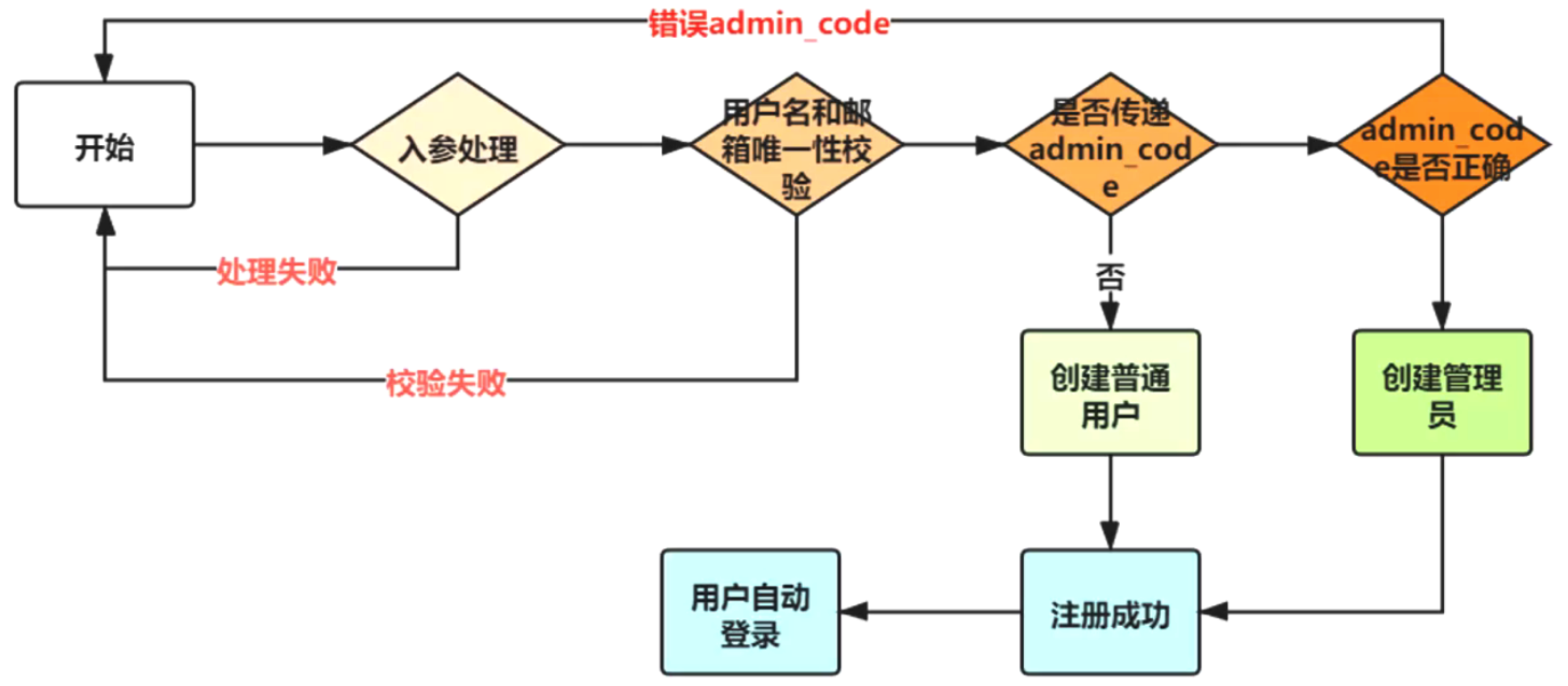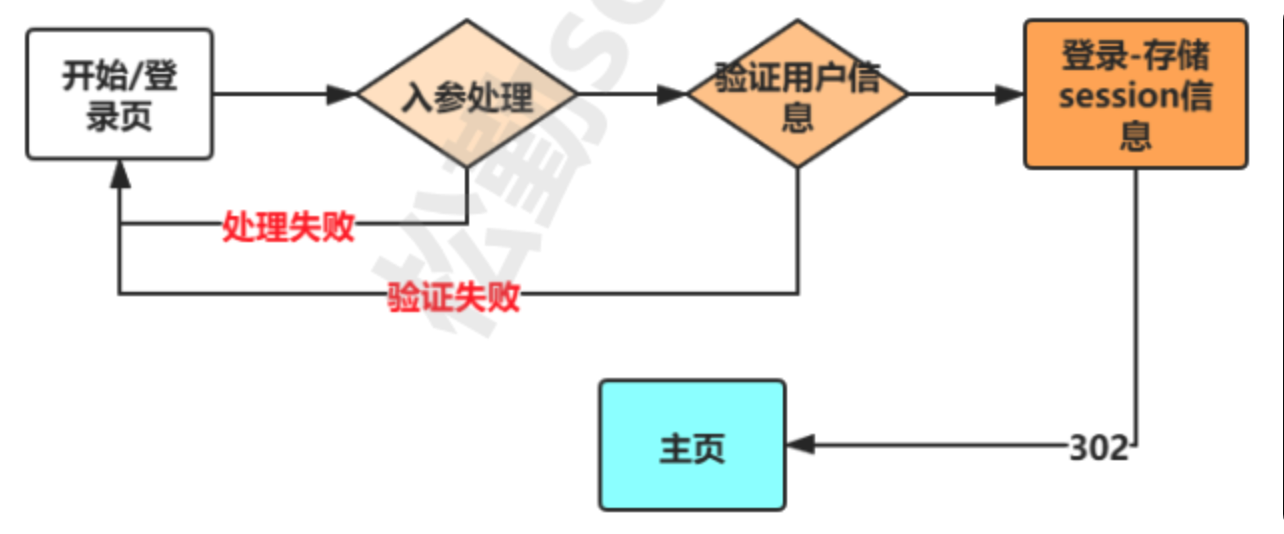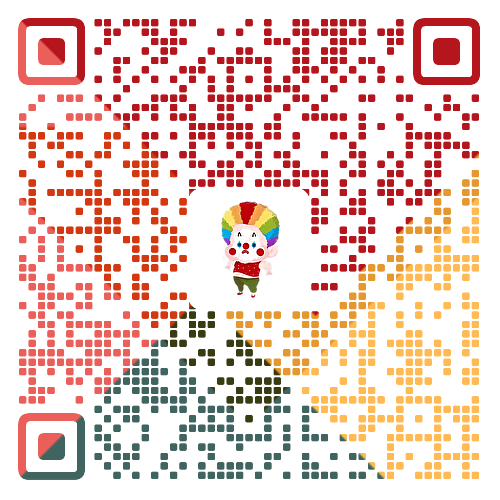一、 用户注册
注册流程:

1. 注册序列化器
1
2
3
4
5
6
7
8
9
10
11
12
13
14
15
16
17
18
19
20
21
22
23
24
25
26
27
28
29
30
|
class RegisterSerializer(serializers.ModelSerializer):
admin_code = serializers.CharField(default='')
class Meta:
model = User
fields = ['username', 'password', 'email', 'phone', 'realname', 'admin_code']
def validate(self, attrs):
if attrs['admin_code'] and attrs['admin_code'] != 'sqpt':
raise ValidationError('错误的admin_code')
return attrs
def register(self):
in_param = self.data
if in_param['admin_code']:
in_param.pop('admin_code')
user = User.objects.create_superuser(**in_param)
else:
in_param.pop('admin_code')
user = User.objects.create_user(**in_param)
return user
|
2. 注册视图
1
2
3
4
5
6
7
8
9
10
11
12
13
14
|
@api_view(['POST'])
def register(request):
serializer = RegisterSerializer(data=request.data)
if serializer.is_valid():
user = serializer.register()
auth.login(request, user)
return Response(status=status.HTTP_201_CREATED,data={'msg': 'reister success', 'retcode': 201,'is_admin': user.is_superuser})
return Response(status=400,data={'msg': 'error', 'error': serializer.errors,'retcode': 400})
|
3. 注册 URL
1
| path('register/', views.register),
|
二、 用户登录
登录流程:

1. 登录序列化器
1
2
3
4
5
6
7
8
9
10
11
12
13
14
15
16
17
18
19
|
class LoginSerializer(serializers.ModelSerializer):
class Meta:
model = User
fields = ['username', 'password',]
def validate(self, attrs):
position_params = ['username', 'password']
for param in position_params:
if param not in attrs:
raise ValidationError(f'缺少参数:{param}')
user = auth.authenticate(**attrs)
if not user:
raise ValidationError('用户名或密码错误')
return user
|
2. 登录视图
1
2
3
4
5
6
7
8
9
10
11
12
|
@api_view(['POST'])
def login(request):
serializer = LoginSerializer(data=request.data)
user = serializer.validate(request.data)
if user:
auth.login(request, user)
return Response(status=302, data={'msg': 'success', 'to': 'index.html'})
return Response(status=status.400,data={'msg': 'error', 'error': serializer.errors, 'retcode': status.400})
|
3. 登录 url
1
| path('login/', views.login),
|
4. 渲染器-异常捕获重写
1
2
3
4
5
6
7
8
9
10
11
12
13
14
15
16
17
18
19
20
21
|
from rest_framework.exceptions import ValidationError
from rest_framework.views import exception_handler
def my_exception_handler(exc, context):
response = exception_handler(exc, context)
if response:
if isinstance(exc, ValidationError):
error_msg = exc.detail[0]
else:
error_msg = exc
response.data = {'msg': 'error', 'retcode': response.status_code, 'error': str(error_msg)}
return response
|
三、 用户登出
流程图:

1. 登出视图
1
2
3
4
5
6
7
8
|
@api_view(['GET'])
def logout(request):
if request.user.is_authenticated:
auth.logout(request)
return Response(status=302, data={'msg': 'logout success', 'retcode': 302, 'to': 'login.html'})
|
2. 登出 url
1
| path('logout/', views.logout),
|
3. 获取当前用户信息视图
前后端分离的系统前端部分需要同步后端的访问状态,因此构造一个请求用于检查是否登录
1
2
3
4
5
6
7
8
9
10
11
12
|
@api_view(['GET'])
def current_user(request):
if request.user.is_authenticated:
serializer = UserSerializer(request.user)
return Response(serializer.data)
return Response(status=status.HTTP_403_FORBIDDEN,data={'retcode':403,'msg':'未登录', 'to': 'login.html'})
|
四、 用户状态效验
1. Django 默认方式
django 默认的用户信息存储方案为 session 机制,有内置的装饰器可以验证当前请求是否携带用户认证信息,
1
2
3
4
5
6
| from django.contrib.auth.decorators import login_required
@login_required
def list_user(request):
...
|
2. DRF 设置认证方案
可以使用 DEFAULT_AUTHENTICATION_CLASSES 设置全局的默认身份验证方案
1
2
3
4
5
6
7
8
9
|
REST_FRAMEWORK = {
'DEFAULT_AUTHENTICATION_CLASSES': (
'rest_framework.authentication.BasicAuthentication',
'rest_framework.authentication.SessionAuthentication',
),
}
|
①. 基于 APIView 类视图的方式 :
1
2
3
4
5
6
7
8
9
10
11
12
13
|
from rest_framework.authentication import SessionAuthentication,BasicAuthentication
from rest_framework.permissions import IsAuthenticated
class ProjectViewSet(viewsets.ModelViewSet):
queryset = Project.objects.all()
serializer_class = ProjectSerializer
authentication_classes = (SessionAuthentication, BasicAuthentication)
permission_classes = (IsAuthenticated, IsProjectAdmin)
|
②. 基于函数的视图
1
2
3
4
5
6
7
8
9
10
11
12
13
|
from rest_framework.authentication import SessionAuthentication,BasicAuthentication
from rest_framework.permissions import IsAuthenticated
@api_view(['GET'])
@authentication_classes((SessionAuthentication, BasicAuthentication))
@permission_classes((IsAuthenticated,))
def user_lest(request):
query_set = User.objects.all()
serializer = UserSerializer(query_set, many=True)
return Response(serializer.data)
|
3. DRF 权限方案
①. 定义权限
sqpt/permissions.py
1
2
3
4
5
6
7
8
9
10
11
12
|
from rest_framework import permissions
class IsProjectAdmin(permissions.BasePermission):
def has_object_permission(self, request, view, obj):
if request.method in permissions.SAFE_METHODS:
return True
return obj.admin == request.user
|
②. 加入权限
1
2
3
4
5
6
7
8
9
10
11
12
|
from rest_framework.authentication import SessionAuthentication,BasicAuthentication
from rest_framework.permissions import IsAuthenticated
class ProjectViewSet(viewsets.ModelViewSet):
queryset = Project.objects.all()
serializer_class = ProjectSerializer
authentication_classes = (SessionAuthentication, BasicAuthentication)
permission_classes = (IsAuthenticated, IsProjectAdmin)
|

















